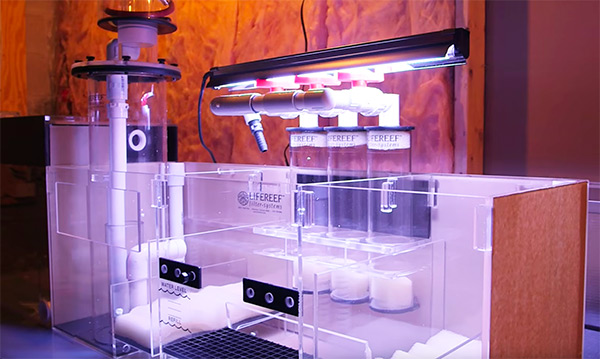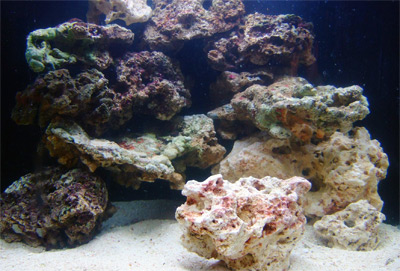There’s a lot to consider when planning a new saltwater aquarium system—where to site the tank in your home, what sort of livestock you’d like to keep, what equipment will serve your needs best, how to gaslight your significant other into believing the system isn’t new at all but, in fact, has been there all along, etc., etc.
In addition to these (and many other) considerations, accessibility should be given serious thought during the planning stage for any aquarium. What I’m referring to here is making sure you’re literally able to access the various components of the system for the sake of cleaning, maintenance, repairs, reconfiguration, or any other task you might need to accomplish. This may sound obvious, but ease of accessibility is overlooked more often than you might think, especially among new hobbyists setting up their very first system.
What areas of an aquarium system are of greatest concern when it comes to ease of access?
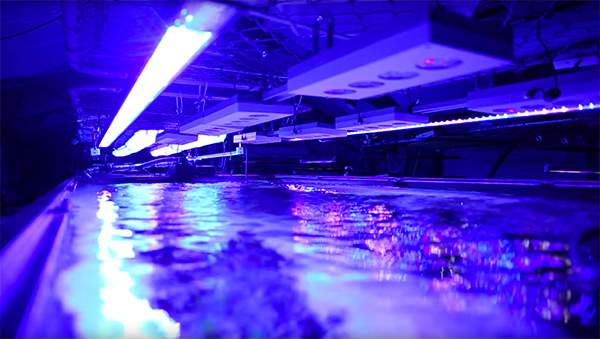
The top of the tank
Let’s start at the top—literally. The top of the tank is the biggest hobbyist/system interface. It’s at/from the top that we feed livestock, scrape algae from the glass/acrylic panes, introduce new specimens, capture specimens for removal, add to or rearrange rockwork, remove and add water during water changes, move/redirect powerheads, and so forth. Basically, we need some degree of access to the top of the tank on a daily basis.
Today’s streamlined reef-lighting systems tend to be much more conducive to aquarium-top access than some of the older systems were. Still, access can be complicated or restricted if, for example, a heavy and/or elaborate hood is placed over the tank, the tank is built into a wall or architectural niche without allowing for adequate overhead clearance, or a glass/acrylic cover is placed across the top of the tank. The important thing to remember is, if your system design will include any sort of overhead obstruction, you’ll want to make sure you can either work around it or remove and replace it with relative ease.
The plumbing
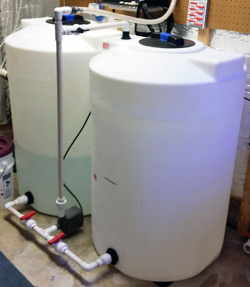
Whether your system’s plumbing will consist of rigid PVC piping or flexible tubing, it’s vital to ensure easy access to the components for routine visual and tactile inspections to guard against leaks and so you can perform any necessary replacements or repairs to the system without resorting to herculean effort. Some of the systems I envy most (because I lack the facilities to replicate them) are those that are plumbed through a wall into an adjacent utility room or laundry room with all the pipes and connections visible and easily accessible on the other side of the wall.
The rockwork
Your aquarium’s rockwork can present accessibility challenges in a few different ways. For example, if you decide to use rocks to conceal equipment, such as a submersible heater or powerhead, and they then become overgrown with corals and a thick layer of coralline algae, it can become extremely difficult and disruptive to move the rocks and access the equipment for cleaning, adjustment, or replacement.
Rockwork can also adversely impact accessibility if the aquascaping extends too close to the viewing pane, preventing you from reaching that portion of the glass with an algae magnet or scraper for cleaning. Preventing this scenario is a simple matter of allowing ample utility space between the rockwork and viewing pane when you’re planning your aquascape, taking into account the growth potential of any corals you intend to attach to the rockwork.
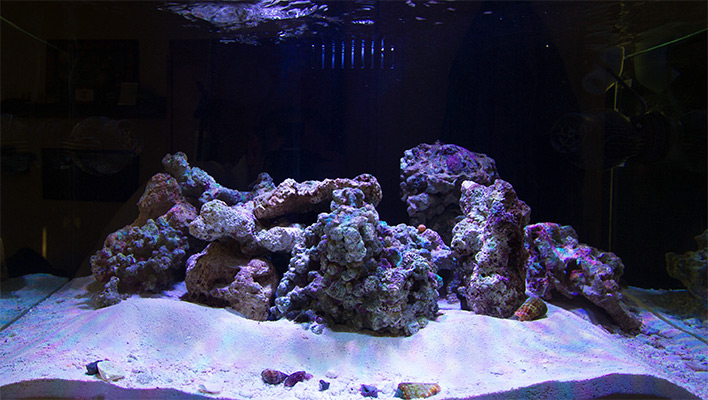
The sump
We started at the top of the aquarium system, so let’s finish down in the sump. Sumps (if used) can serve as the repository for all kinds of aquarium gear—heaters, protein skimmers, return pumps, etc.—and are very commonly tucked away out of sight, for instance underneath aquariums in cabinet-style stands. Of course, all that equipment will need to be accessed for adjustment, cleaning, or replacement many times over the life of the system, so you don’t want to get too carried away concealing it. Try to choose a sump configuration that allows you to access each piece of equipment without having to pull out everything else in the process.
Also, if the sump will be situated underneath the aquarium, make sure there will be adequate clearance between the bottom of the tank and your protein skimmer and/or other reactors that might be located in the sump to allow for access and cleaning. Due to a simple oversight, I once found myself in a situation where I could barely remove the rather tight-fitting collection cup on my in-sump protein skimmer without striking the bottom of the tank. Fortunately I was able to remedy the situation by moving the sump outside the stand, but it could have been a costly mistake if my only option would have been to buy a lower-profile skimmer.
